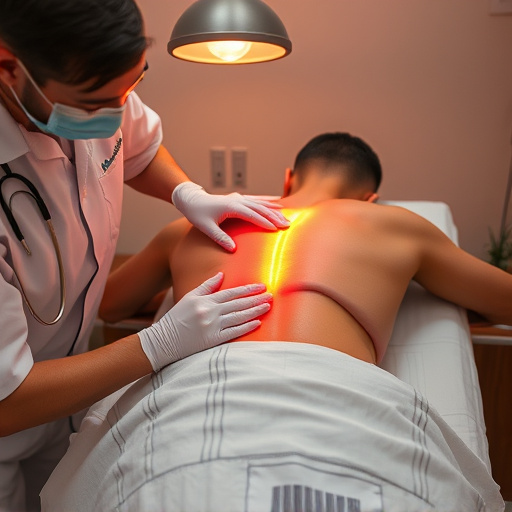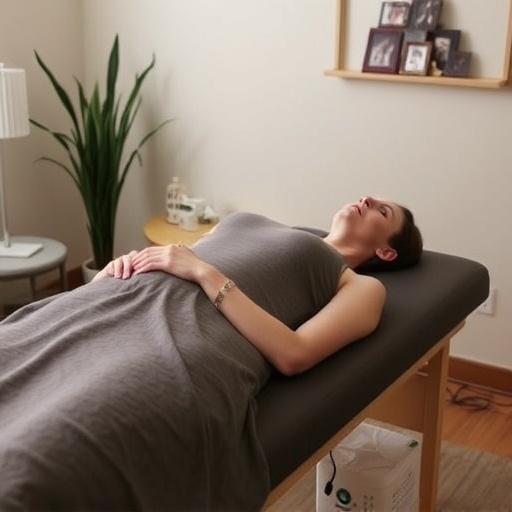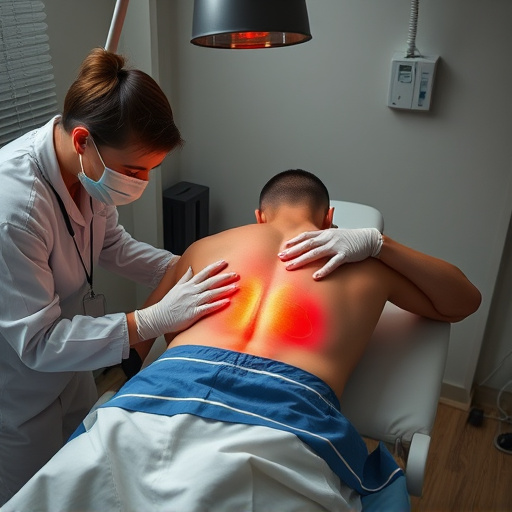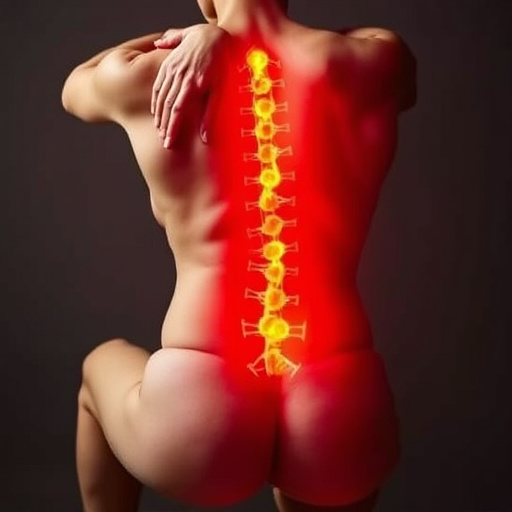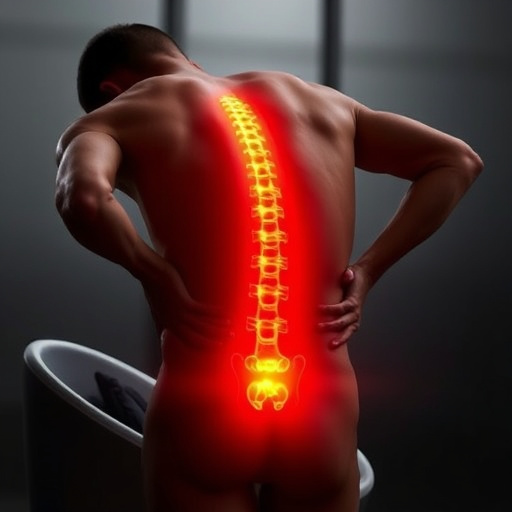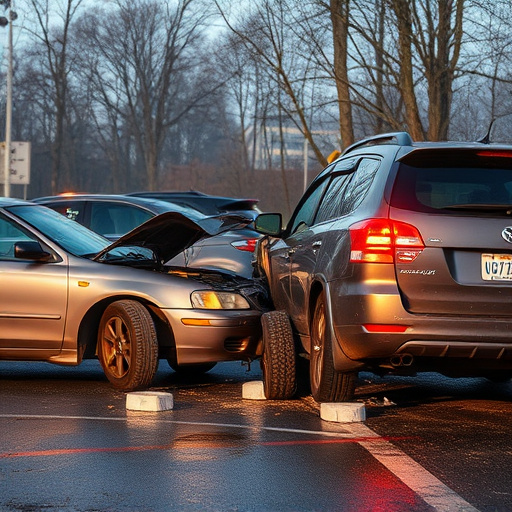After a motor vehicle accident, prioritize safety by stopping vehicles, turning on hazard lights, and assessing immediate hazards like trapped individuals or fire risk. Call emergency services for severe injuries or damage. While waiting, stabilize and warm injured parties, providing basic first aid if trained. Consider long-term care needs, including chiropractic adjustments, as prompt motor vehicle accident care significantly influences recovery outcomes. Document the scene with photos for insurance claims and seek professional medical help as soon as possible.
In the aftermath of a motor vehicle accident, a clear and swift response can make all the difference. This step-by-step guide provides essential knowledge for anyone involved in such incidents. From initial safety assessments to navigating post-accident care, we’ll walk you through each critical phase. Learn how to identify immediate dangers, document evidence, communicate effectively with emergency services and insurance companies, and seek necessary medical attention. Mastering these skills ensures a safer, more informed path toward recovery.
- Assessing the Situation and Ensuring Safety
- – Step-by-step process to check for immediate dangers and ensure everyone's safety
- – Identifying critical injuries and potential hazards at the scene
Assessing the Situation and Ensuring Safety
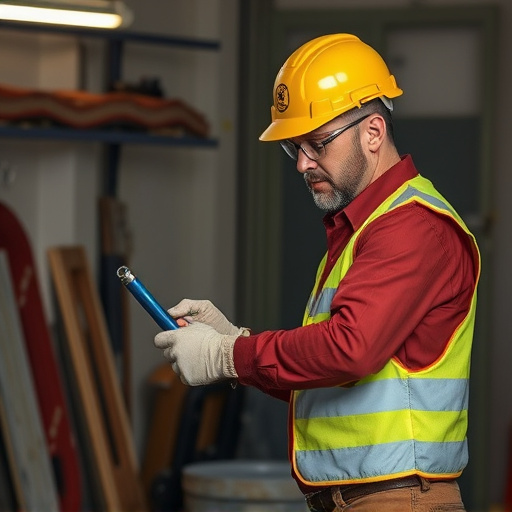
After a motor vehicle accident, assessing the situation and ensuring everyone’s safety is paramount. The initial steps in motor vehicle accident care involve stopping the vehicles involved to prevent further collisions and checking for any immediate injuries or threats to life. If possible, move vehicles to safer locations and turn on hazard lights to warn other drivers. Assess if anyone is trapped within the vehicles; use caution when extricating individuals to avoid exacerbating potential injuries. Call emergency services immediately if there are severe injuries, a risk of fire, or if anyone is unconscious. While waiting for help, keep injured parties still and warm, and provide basic first aid if trained to do so.
In addition to immediate safety measures, consider the long-term implications of the accident. Some injuries from motor vehicle accidents may not be immediately apparent. Chiropractic care and injury rehabilitation services can play a crucial role in managing pain, restoring mobility, and aiding in the recovery process. Remember that proper motor vehicle accident care involves both addressing urgent needs and providing comprehensive support for ongoing healing and return to normal activities.
– Step-by-step process to check for immediate dangers and ensure everyone's safety

After a motor vehicle accident, the initial step in motor vehicle accident care is to assess the scene for immediate dangers and ensure everyone’s safety. The first few minutes are critical; stay calm and evaluate if there are any active hazards like leaking fluids, flickering electrical wires, or burning exhaust. If possible, move vehicles off the road and activate emergency lights or flares to warn other drivers. Check that all occupants are wearing seatbelts, and assess for any obvious injuries before moving anyone.
Next, call emergency services immediately if there are severe injuries, heavy damage to vehicles, or if anyone is trapped. While waiting for help, maintain a safe distance from the crash site and keep others away. If possible, document the scene with photos, noting the position of vehicles, visible injuries, and any contributing factors. This step can be crucial in the post-injury care process and during insurance claims, especially when seeking neck pain relief.
– Identifying critical injuries and potential hazards at the scene

In the chaos that follows a motor vehicle accident, it’s crucial to prioritize care while ensuring safety for all involved. The initial assessment should focus on identifying critical injuries and potential hazards at the scene. Look for signs of physical trauma such as bleeding, fractures, or obvious deformities, which may indicate life-threatening conditions requiring immediate medical attention. Soft tissue injuries, including neck pain, can be subtle but significant; these often require professional evaluation to prevent further complications.
Spinal adjustments might be necessary if there’s suspicion of neck or back injuries, aiming to provide temporary neck pain relief until comprehensive medical assistance arrives. Always treat the scene as a potential hazard; ensure that all parties are out of harm’s way and traffic is managed to prevent additional accidents. Remember, prompt motor vehicle accident care can significantly impact outcomes, so it’s vital to stay calm, assess the situation clearly, and take necessary actions while awaiting professional help.
In the aftermath of a motor vehicle accident, swift and effective care is paramount. By following these step-by-step guidelines for assessing the situation and ensuring safety, you can minimize immediate risks and provide critical support until professional help arrives. Remember, identifying potential hazards and critical injuries is crucial to effective motor vehicle accident care, enabling you to act promptly and decisively in an often chaotic environment.








